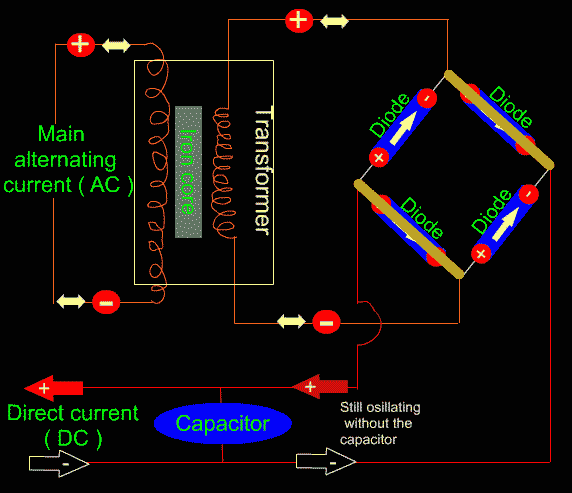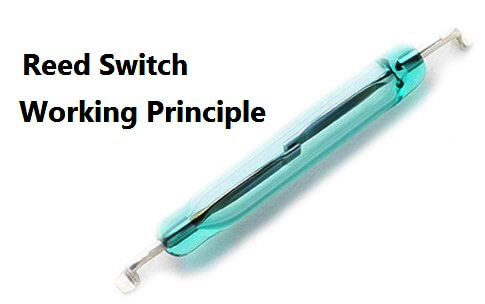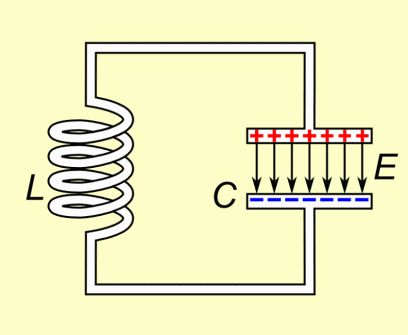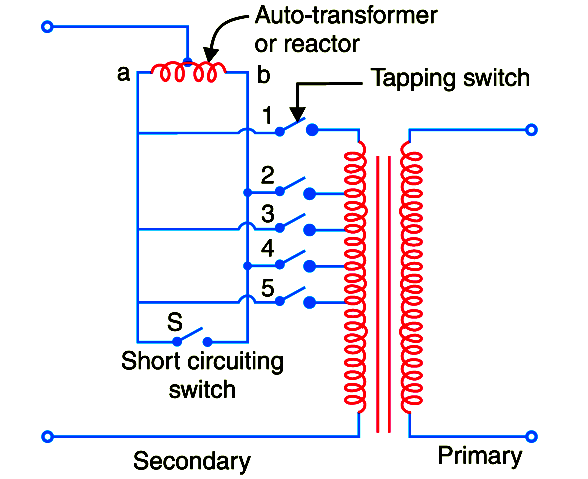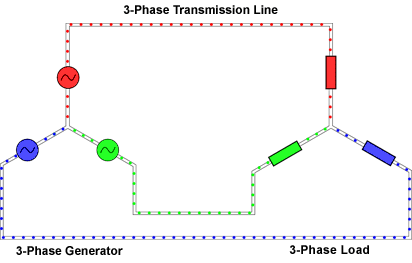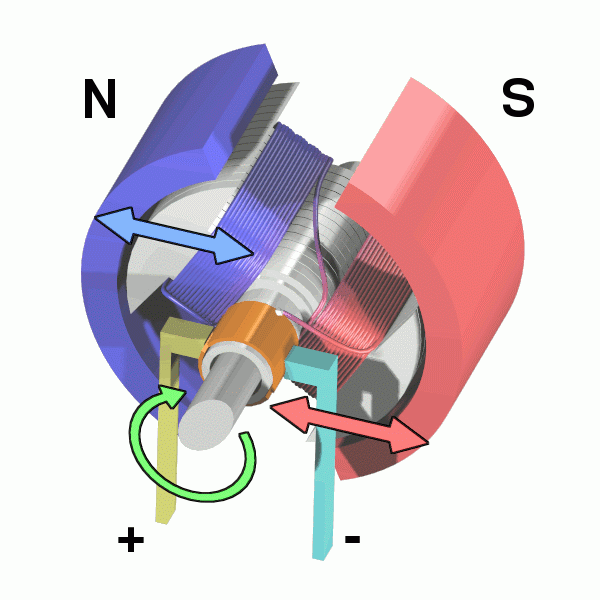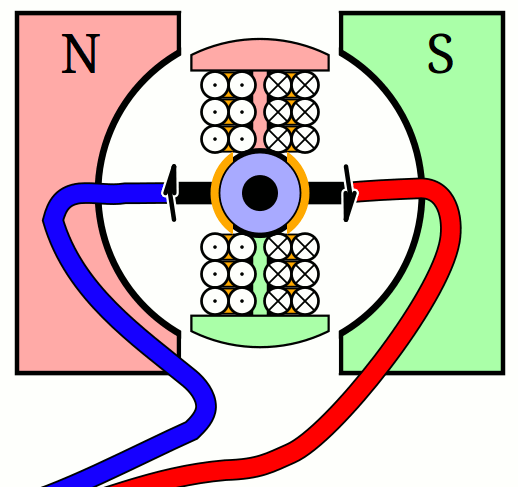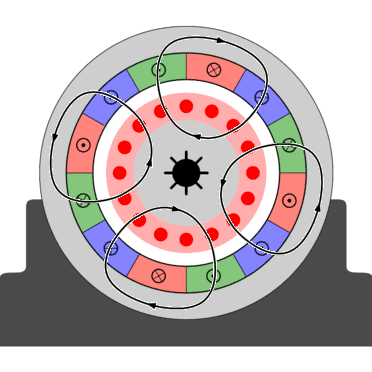Bipolar Junction Transistor Construction
The basic structure of the bipolar junction transistor (BJT) determines its operating characteristics. The BJT is constructed with three doped semiconductor regions separated by two pn junctions, as shown in the…
Top Electrical Engineering Interview Questions for Freshers
1. What is electric traction? Electric traction means using the electric power for traction system (i.e. for railways,trams, trolleys etc). Electric traction means use of the electricity for all the…
Power Supply Circuit Working Animation
How to design a DC Power supply? The first step of Power supply Design is Stepping Down the AC current into a lower voltage. This is done by a Step…
Reed switch Working Principle
The reed switch is an electrical switch operated by an applied magnetic field. It was invented at Bell Telephone Laboratories in 1936 by W. B. Ellwood. It consists of a…
LC Tuned circuit Working Animation
Animated diagram showing the operation of a tuned circuit (LC circuit). This is an improvement over previous versions of this animation which uses variable frame display times to show…
Tap Changing Switch Animation
Animation of an on-load transformer tap changer, illustrating how taps can be selected without either interrupting supply or short-circuiting winding turns. The tap changer starts at tap position 2,…
Symmetric Three Phase Electric Current Flow Animation
Current flows from a three-phase generator on the left, represented as three Y-connected single-phase sources, via a transmission line into a symmetric Y-connected load on the right. The phases…


